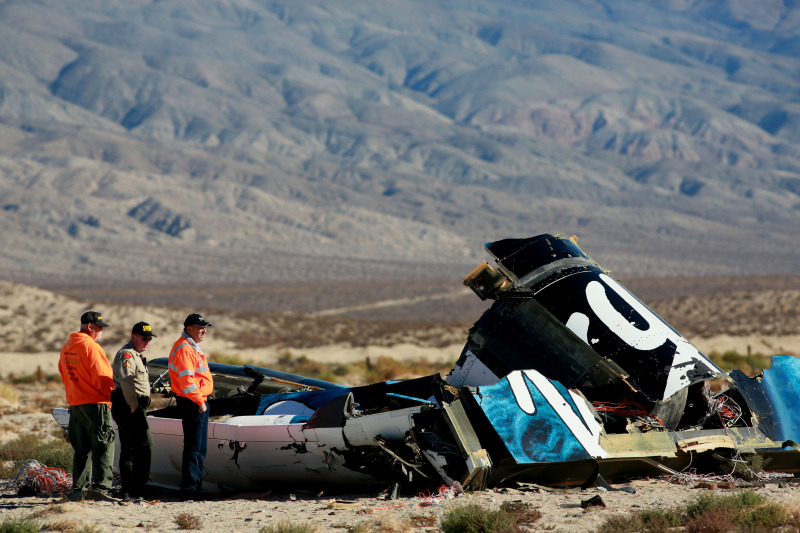WASHINGTON — Federal safety investigators said Tuesday the crash of a Virgin Galactic spaceship last October was caused by a catastrophic structural failure triggered when the co-pilot unlocked the craft's braking system early.
National Transportation Safety Board investigators said the resulting aerodynamic forces caused the brakes to actually be applied without any further action by the crew. Investigators said no safeguards were built into the system to overcome the error of the co-pilot.
The spaceship broke apart over the Mojave Desert during a test flight on Oct. 31, 2014. The accident killed the co-pilot and seriously injured the pilot.
NTSB officials said early in the investigation that the co-pilot prematurely unlocked equipment designed to slow the descent of the spacecraft during initial re-entry. Simply unlocking the spacecraft's brakes shouldn't have applied them, but that happened anyway.
In determining the probable cause of the accident, board members were focused on prioritizing the lack of systems put in place to mitigate or overcome human error. Scaled Composites developed the craft for Virgin Galactic, and NTSB member Robert Sumwalt said the company "put all its eggs in the basket" of the crew doing everything correctly.
